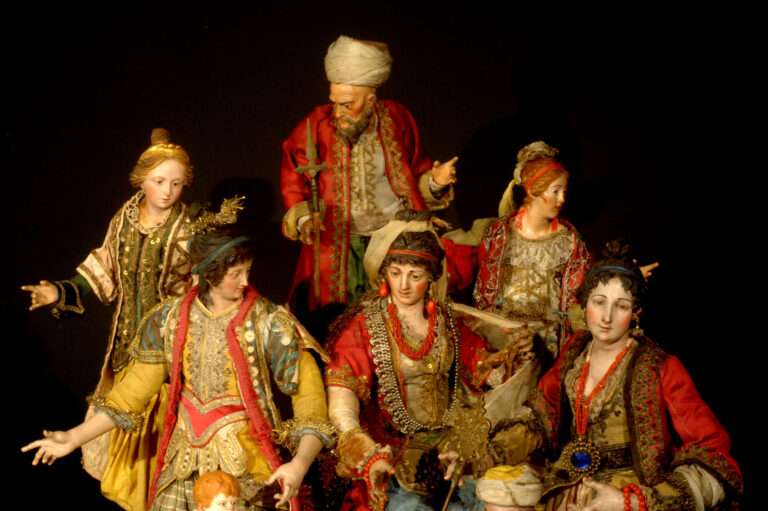Produced in collaboration with the Medardo Rosso Museum in Barzio (Lecco), the exhibition Medardo Rosso, pioneer of modern sculpture At the Fundacion Mapfre presents for the first time in Madrid around 300 works by the great Italian artist, a true innovator of the visual arts between the end of the 19th and the beginning of the 20th century. Between sculptures, drawings and photographs, the exhibition illustrates the innovative path of Medardo Rosso, a pioneer of the aesthetics of sculptors such as Brancusi, Giacometti, Fontana and Schütte.
Medardo Rosso. Pioneer of modern sculpture
Fundación Mapfre, Paseo de Recoletos 23
until January 7th
www.fundacionmapfre.org
To fans of Pablo picasso, Madrid simultaneously offers two interesting exhibitions that conclude the celebrations of the fiftieth anniversary of his death. With Picasso, the sacred and the profane The Thyssen Museum brings together around forty works, including 22 by the Spanish artist, which reveal, in a surprising game of mirrors, the many incredible aesthetic, compositional and iconographic connections between the works of the modern painter and the art of great masters such as Velázquez, Zurbarán and Ribera, El Greco and Goya, but also Bronzino and Caravaggio. The loans also include the enigmatic Crucifixion from the Picasso Museum in Paris, painted on wood in 1930.
The exhibition is more comprehensive and conceptually more complex Reina Sofia Museum The focus is on the fateful year of 1906, the year of great change that preceded the founding of Les Demoiselles de Avignon (1907). The exhibition traces the artist's intensive creative period between Paris and Gósol, a town in the Catalan Pyrenees, where Pablo spends the summer accompanied by his partner Fernande Olivier. The study of the plasticity of naked bodies, the discovery of primitive art, the numerous portraits (the many of Fernand and the iconic one of the American writer and collector Gertrude Stein from the Met in New York) allow us to observe the maturation of a little more Picasso, what a twenty year old, preparing for the great aesthetic leap into modernity.
Picasso, the sacred and the profane
Thyssen-Bornemisza Museum, Paseo del Prado 8
until January 14th
www.museothyssen.org
Picasso 1906. The Great Transformation
Reina Sofia Museum, Plaza Santa Isabel
until March 4th
www.museoreinasofia.es
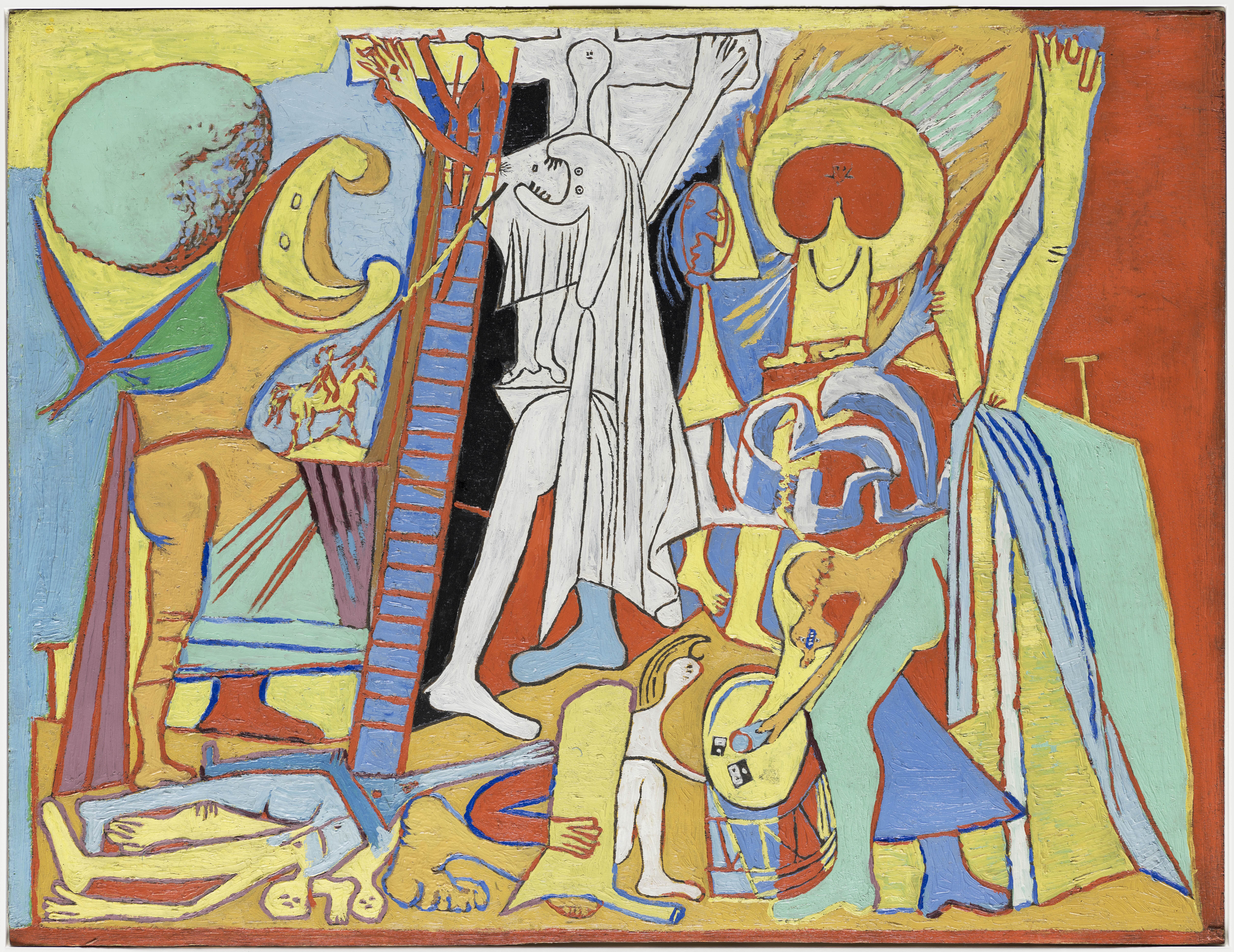
The Sala Castellana 214 of Fundacion Canal hosts the first stage of Berlin wall. A divided worldProject by Musealia (Spanish company specializing in mobile cultural products for the general public), founded in collaboration with the Berlin Wall Foundation. Around 300 objects and documents are on display that reconstruct the historical context and social climate of Berlin between 1961 and 1989, the phases of the Cold War and the history of a city divided by mistrust. There are also 20 original meters of wall, complete with barbed wire.
The Berlin Wall. A divided world
Fundacion Canal, Sala Castellana 241
www.theberlinwall.com
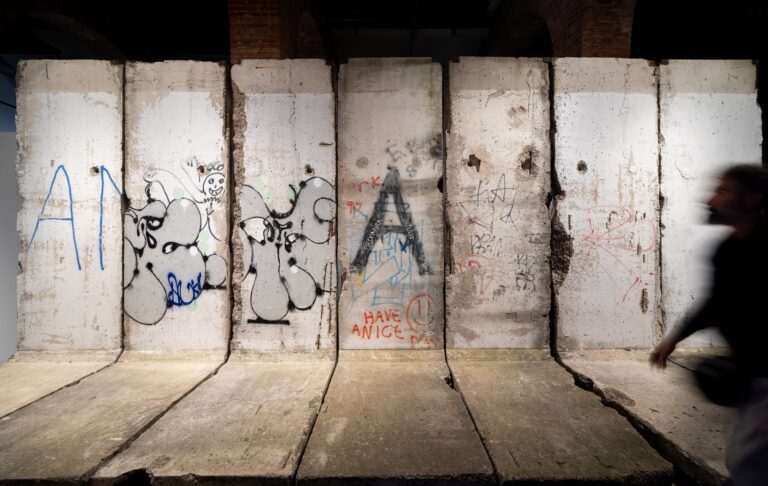
The elegance and style of the Della family House of Alba, Spain's oldest and most titled line, influenced fashion in Spain between the 18th and 19th centuries. For the Palacio de Liria – stately property a stone's throw from Plaza de España, worth a visit as it houses one of the finest private art collections in the world – presents a unique temporary exhibition. Over a hundred pieces, including clothing and accessories, tell the story of two centuries of fashion: from Empress Eugenia de Montijo (widow of Napoleon III, who lived and died in this palace) to the present day. Wonderful garments by Charles Frederic Worth, Luise Chéruit, Cristobal Balenciaga, Flora Villareal, Emmanuel Ungaro, Pertegaz and Dior appear for the first time from the wardrobes of the noble house. The women's clothing, but also the men's uniforms, are in dialogue with the family portraits of Federico de Madrazo, Franz Xavier Winterhalter, Joaquín Sorolla and Ignacio Zuloaga.
Fashion at Casa d'Alba
Palacio de Liria, Calle de la Princesa 20
until March 31st
www.palaciodeliria.com
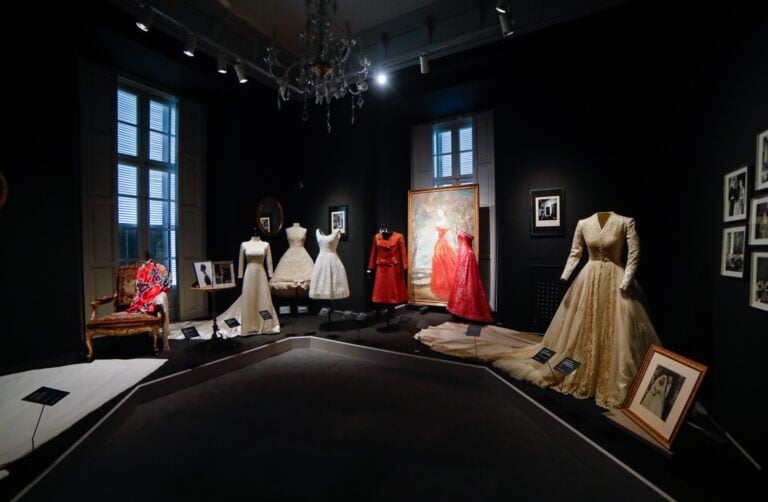
Luis Gordillo (Seville, 1934) is one of the most important figures of abstract art in Spain. On the threshold of 90 years, the Sevillian artist speaks about himself in the exhibition with the title, not without a touch of irony Dime quién eres yo set up at Alcalá room 31, headquarters of the Cultural Department of the Community of Madrid in an Art Deco building a few steps from Gran Via. Gordillo offers an entertaining but emotional retrospective, an explosion of energy and color through a selection of works from the last 20 years, including paintings, photos, drawings and collages, ranging from surrealism to pop art. An interesting opportunity to get to know an important representative of the Spanish avant-garde up close.
Dime quién eres yo
Sala Alcalá 31, Calle Alcalá 31
until March 10th
www.comunidad.madrid.es
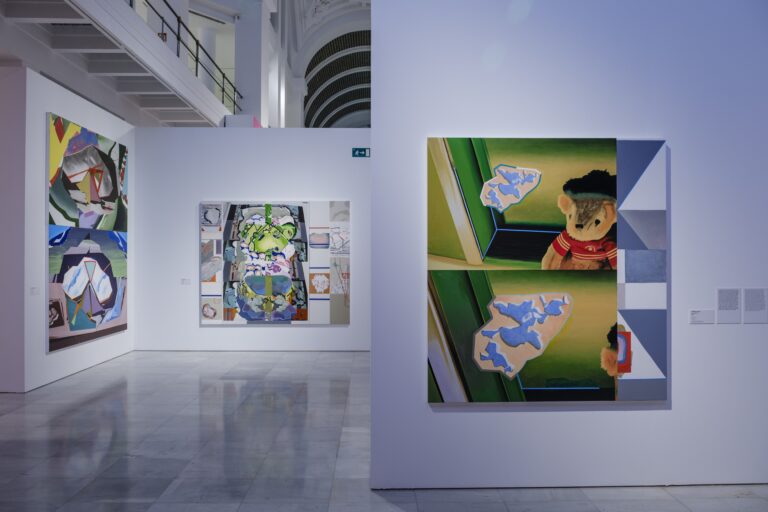
Artemisia Gentileschi, Lavinia Fontana and Elisabetta Sirani; Angelica Kauffmann, Clara Peeters, Rosa Bonheur, Mary Cassatt, Berthe Morisot, María Blanchard, Natalia Goncharova, Sonia Delaunay and Maruja Mallo are just a few of them female figures who triumphed through art, but above all contributed to breaking the conventions of patriarchal society and combating the misogyny that was widespread in the past. With master The Thyssen Museum Takes a new look at the activities of many famous and less famous women, artists, but also patrons and gallery owners, who shared values and favorable socio-cultural conditions to rise in the society of their time. A slow but gradual social emancipation that, from the end of the 16th to the 20th century, tells a truly alternative story in which the female figure is the protagonist and the subject of the work of art itself.
master
Thyssen-Bornemisza Museum, Paseo del Prado 8
until February 14th
www.thyssen.org
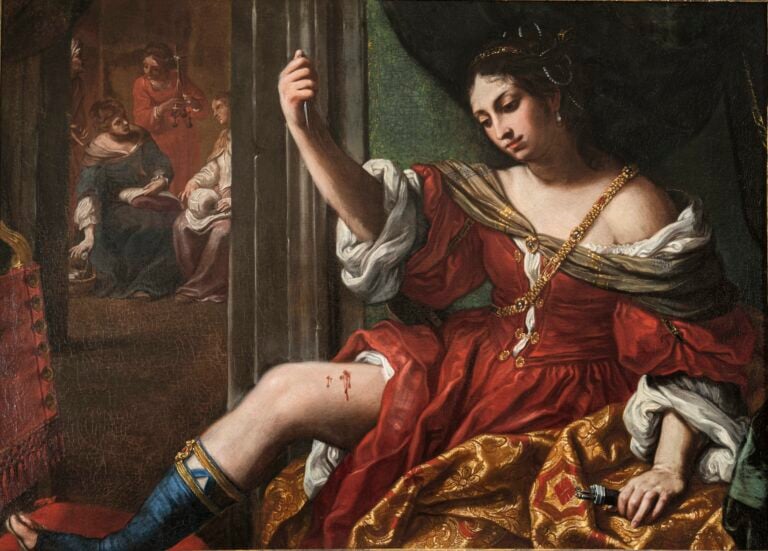
There Casa de Velazquez It is a beautiful architectural space that the Reina Sofia Museum manages by offering interesting monographic exhibitions with free admission. Guest is today Ulla of Brandenburg (Karlsruhe, 1974), German multidisciplinary artist who designed the exhibition for the Retiro Pavilion sequence space, designed as an immersive experience. Using large textile installations with geometric shapes and intense colors, the artist has designed a tour that directly involves the audience and invites them to walk through the rooms and interact with the objects on display.
sequence space
Palace of Velazquez, Parque del Retiro
until March 10th
www.museoreinasofia.es
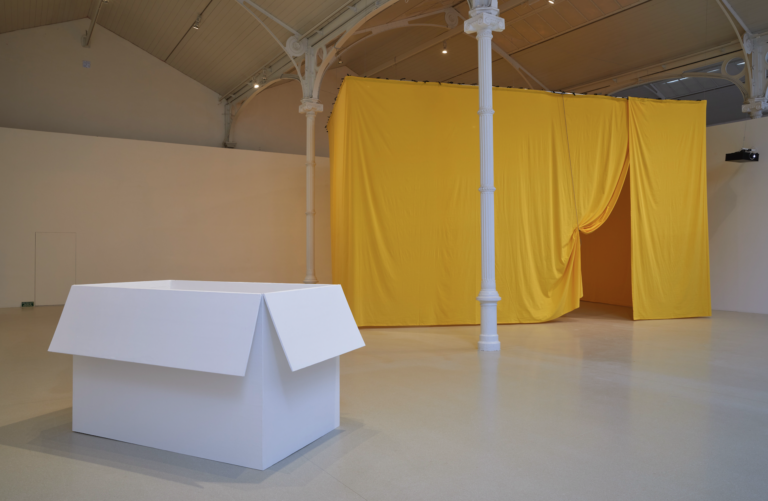
After all, there is no city better than Madrid for setting up a Neapolitan nativity scene, given how much the Bourbons loved Charles III. and his son Charles IV nurtured this old and popular craft tradition. The exhibition exhibited at the Italian Cultural Institute Palacio de Abrantesis an ancient and valuable nativity scene consisting of around a hundred figures created in Naples between the 18th and 19th centuries. What brought them together was Lambert LoriaFlorentine ethnologist who brought her to the exhibition of Italian ethnography in Rome in 1911. Today Royal nativity scene, which partly dates from the time of Charles III. and belongs to the collections of the Museum of Civilizations of Rome, is traveling to Madrid for the first time thanks to the Ministry of Foreign Affairs and Culture. The setup and the rock – as the Neapolitans call the entirety of the architectural and landscape structures of the nativity scene – are the work of the nativity scene master Nicola Maciariello and Nicoló Giacalone, who designed the scenographic design.
The King's Nativity Scene
Italian Cultural Institute, Calle Mayor 86
until January 20th
www.iicmadrid.esteri.it
